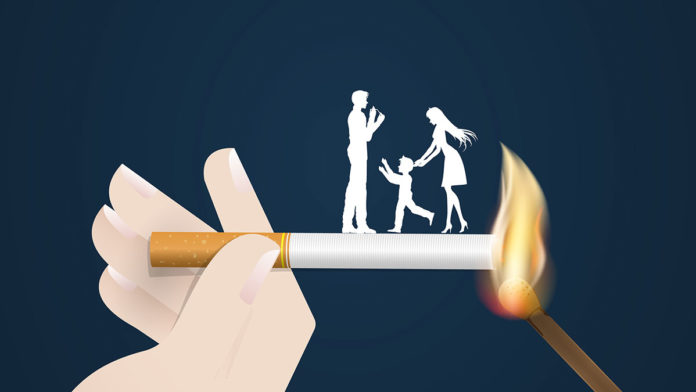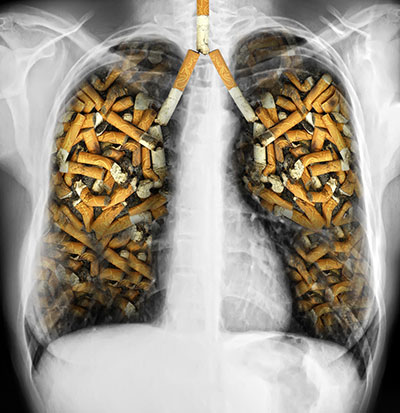May 31 is recognised around the globe as World No-Tobacco Day; a day dedicated to eliminating the use of tobacco in any form. Health experts have always advocated against the consumption of tobacco not because it’s fun but because it kills. But a lot of times we argue that we’re all going to die eventually and completely disregard advice science repeatedly offers us; advice that is backed by proven numbers and statistics. However, this does not change the truth behind tobacco and its detrimental effects on human health.
An early study in 2008 by the World Health Organisation (WHO) had suggested that tobacco could kill one billion people by the year 2021. Premature deaths due to tobacco have been consistent for years. As for the 20th century, 100 million people died due to it. Additionally, the study estimated that tobacco-related deaths were at an all-time high of 5.4 million each year.
The study also predicts that there will be more than 8 million deaths per year by 2030, and more than 80% of these tobacco-related deaths will be in developing countries.
Smoking as we know is a massive contributor to lung cancer. Not only does it cause cancer but also blocks your body from fighting it. Tobacco smoke contains poisonous compounds that damage or alter the DNA of your cells which can then grow into cancerous cells. Additionally, once this cancer has grown, the smoke has already weakened your body’s immune system to a point where it is unable to fight the cancerous cells. The Centre for Disease Control and Prevention (CDC) states that at least nine out of ten lung cancer cases are due to smoking.
Apart from cancer, heart diseases and stroke are other common threat. The consumption of tobacco through smoking causes blood to be sticky, a reduction in good cholesterol, increase in triglycerides and other plaque such as fat, cholesterol, calcium, and more in blood vessels. Furthermore, it also causes a narrowing and thickening of blood vessels, all of which contribute to cardiovascular diseases.
A 2016 study conducted by Umea University showed that nicotine present in tobacco “strongly activates immune cells to release DNA fibres decorated with pro-inflammatory molecules, so-called neutrophil extracellular traps (NETs). The continuous exposure to these NETs can harm the tissue and could explain the hazardous consequences of tobacco consumption for human health.” These inflammatory diseases can include one such severe disease called Chronic Obstructive Pulmonary Disease (COPD), a health threat that is usually caused by chronic smoking.
Smoking not only affects those directly involved. Passive smoking is known to be far more dangerous. As per the CDC, at least 41,000 deaths occur among non-smoking adults and 400 among infants every year. Children who are exposed to tobacco through passive smoking are susceptible to several health threats such as acute respiratory infections, slowed lung growth, more severe asthma, other respiratory symptoms, middle ear disease, and sudden infant death syndrome.

For World No-Tobacco Day this year, the World Health Organisation is asking tobacco users to make a change in their lifestyle – Commit to Quit. As consumers of tobacco, not only do you endanger your own lives but also those around you. It is a challenging decision to make and an even tougher task moving forward, but it isn’t impossible. This year, head to https://www.who.int/campaigns/world-no-tobacco-day/world-no-tobacco-day-2021 and pledge to quit!



